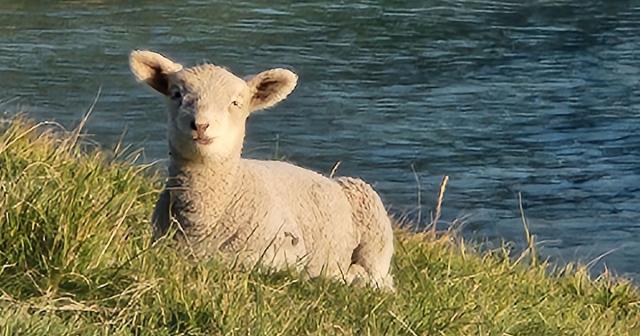Lambs that have had a tough start to life are obvious at docking/tailing as scrawny little critters with a potty tummy and no fat on their backs – hence the term ‘poddy’.

Ginny Dodunski, Wormwise Programme Manager outlines the best way to deal with these lambs so they can perform to their full potential.
Whether they’ve lost their mum, or mum isn’t milking because of udder problems or some other issue, these babies are doing their best to grow and develop on what nutrition they can scrounge from grass. Their little rumens are trying to develop as fast as they can, but while this is happening, the meagre flow of nutrients from the rumen to the gut is nowhere near what they need to grow properly.
Rumen development rate in young animals is strongly related to the energy level of the forage/feed they are grazing. A classic series of experiments with reared calves in the USA showed a near straight-line relationship between time to full rumen development and access to meal. Thus, getting calves onto high meal intakes is a key piece of successful calf rearing, and lambs are no different. Even when they’re with mum, their weaning weight is highly influenced by the amount of quality feed on offer between docking/tailing and weaning.
Lambs without a mum can show a huge improvement if separated from the big mob and run on their own on the highest quality feed you’ve got.
Farm systems scientist Tom Fraser tried this with a group of South Island hill country farmers - they separated the poddies at tailing and put them onto the best feed they could find. For some this was plantain/clover or other specialist forage, for others it was short rotation finishing pasture, or just a good clover-dominant perennial sward. They weighed the poddy lambs at tailing and then again at weaning. The result was awesome – not only did these lambs grow faster than their mothered-up mates till weaning, but they had largely caught up with the other lambs. The poddies had very similar weaning weights to the main mob, and much better survival than they would have had if left in the big mob.
So why are we talking about this at Wormwise? It’s common for these lambs to be scouring too. It’s standard practice on many farms to give them a drench for worms at docking, but if these lambs are left to fend for themselves in the main mob, simply giving them a drench is probably not enough. A drench is not solving their two biggest challenges: the battle for good nutrition and mob pressure.
In addition, there are two other common causes of scouring in young lambs: The first is the tiny threadworm Strongyloides. This parasite has a different life cycle than the other worms, being picked up through skin contact with the ewes’ udder, and very quickly expelled by lambs in their early weeks of life. Treatment is not necessary. Secondly, mismothered lambs are often affected by a gut parasite called Coccidia. Coccidiosis requires a different treatment than worms, speak to your veterinarian.
While poddy lambs undoubtedly have some worms on board, it is often less than we imagine. Until a lamb has a fully functioning rumen (which these little critters are still battling to develop), a number of the common worm species cannot complete their development in the gut.
In addition, lambs don’t tend to suffer production losses from the worms they ingest in their early weeks, partly because their immune system does not start reacting to worms till later in life.
It’s still a good idea to treat poddy lambs for worms, but the best thing we can do for them is to bring the trailer along at tailing time and give them a ride to a spot with some great feed and a few little mates. You might be surprised at what you see by weaning!